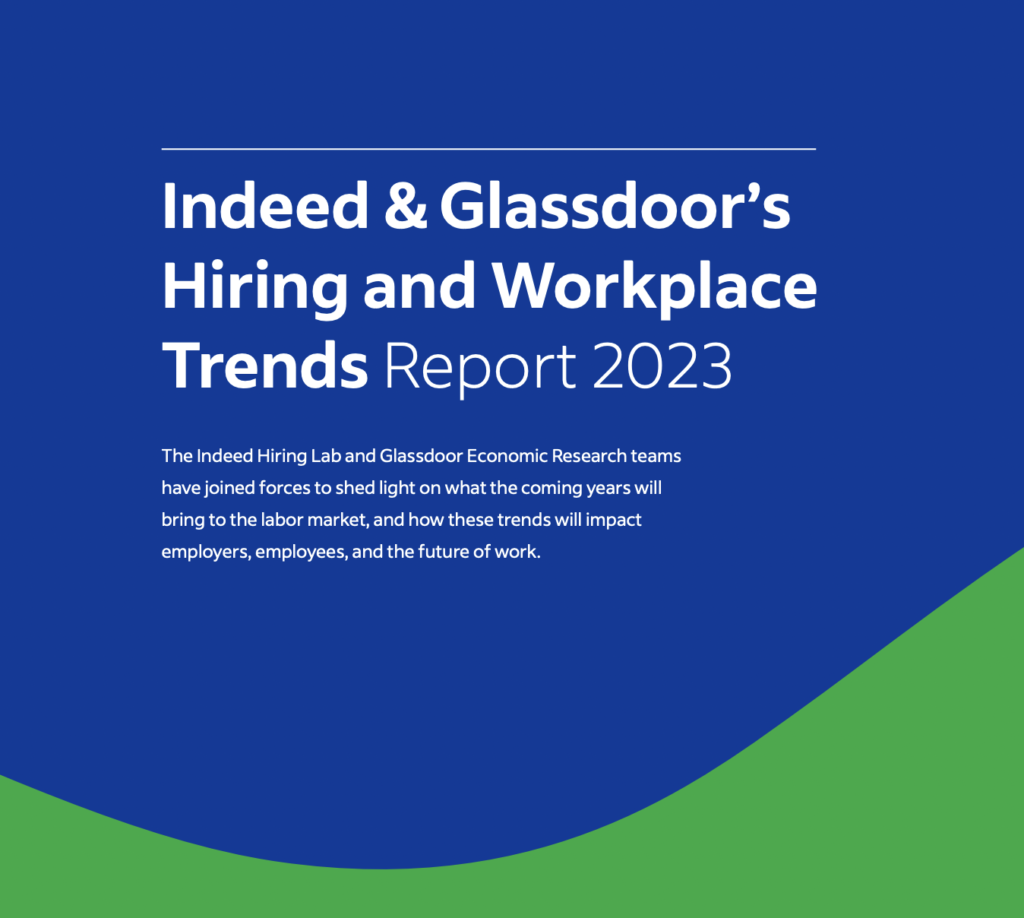Key Points:
- Rising searches for part-time, weekend and night shift work suggest growing interest in second jobs as cost-of-living pressures bite.
- Older workers are beginning to return from the sidelines, but aren’t yet seeking jobs with particular urgency.
- Labour demand has cooled from last year’s peaks, but the market remains tight, with job postings still 36% above pre-pandemic levels.
- Though pay growth remains strong, workers continue to see wages squeezed by inflation.
Spotlight: Rising interest in second jobs amid cost-of-living pressures?
The rising popularity of search terms around part-time, weekend or night work on Indeed suggest that cost-of-living pressures may be prompting more people to look for second jobs. Another noteworthy trend is the popularity of searches for jobs offering visa sponsorship. Rising non-EU interest in UK jobs has been a feature of the post-Brexit period, partially offsetting lower EU interest.
Older workers’ search urgency still limited
Indeed Hiring Lab’s December 2022 job search survey suggested that active job search among older workers aged 55-64 remains limited. Just 6% of respondents in that age group reported that they were urgently looking for a job, while a further 12% were actively looking but without urgency. That’s a slight rise from recent months (the periodicity of the survey has now changed to a quarterly basis), but is still at a low level.
Older workers continue to report lower search urgency than the average across 18-64s, with 7% of the latter urgently looking for work and a further 17% searching non-urgently in December (little-changed since September). Young people aged 18-24 reported the highest active job search, with 10% urgently looking for a job and 26% searching without urgency in December.
A big drop in labour force participation among older workers has been a key driver of staffing shortages, with economic inactivity (people neither in employment nor actively seeking work) among 50-64s standing more than 300,000 above pre-pandemic levels. That’s a reversal of the trend we saw in the years leading up to the pandemic, when older workers’ labour force participation was on the rise.
That said, recent figures indicate that some of these people have started to return to the labour market. The ONS reported a record 84,000 drop in inactive 50-64s in the three months to October, followed by a 67,000 drop in the period to November.
Encouraging older people to return to the workforce has become a priority for the government. Cost-of-living pressures may be prompting some early retirees to rethink their plans, but high rates of outright homeownership and low debt among that demographic means many are insulated from rising interest rates. If financial cushions mean many older people aren’t forced to work, the onus is on employers to make work attractive to this group by offering incentives: greater flexibility, for example.
ONS figures show that as of the three months to November, overall economic inactivity remains 575,000 persons higher than on the eve of the pandemic. Record rates of long-term sickness are another factor holding back labour force participation, as the NHS struggles with lengthening waiting lists.
Labour Market Overview
The latest Office for National Statistics (ONS) figures show the labour market continues to cool, though remains tight. Vacancies dropped in the three months to December (the sixth consecutive fall), but remained elevated at 1.16 million. The unemployment rate is still very low at 3.7%, though has edged up from its recent trough of 3.5%. With the employment rate holding at 75.6% and total hours worked decreasing, the labour market’s recovery remains incomplete (the employment rate remains 1 percentage point lower than pre-pandemic).
But with the ratio of unemployed people to vacancies still standing at just 1.0, the labour market remains close to its tightest on record. Staff shortages remain the most pressing issue for many employers, despite expectations of recession this year. Tech and financial services layoffs have been grabbing the headlines, but there are currently few signs of plans for widespread job cuts across the broader economy. Redundancy notifications remain low, having ticked down in December from 22,580 to 12,631.
Indeed job postings paint a similar picture of solid labour demand to the ONS figures. As of 20 January 2023, UK job postings were 36% above 1 February 2020 levels. Postings have softened from a peak of 50% above the baseline in late 2022, but are pacing reasonably in 2023 so far.
Strong wage growth eroded by high inflation
The tight labour market continues to generate strong nominal wage growth. Regular pay was up by 6.4% y/y in the three months to November, the fastest rate outside the pandemic period in 20 years of data. But after accounting for inflation, real wages were down 2.6% y/y, one of the sharpest declines on record.
The private sector continues to see much faster wage growth than the public sector. Private sector regular pay was up 7.2% y/y in the three months to November, much higher than the 3.3% y/y in the public sector, and one of the largest gaps on record.
Pay failing to keep pace with the cost of living continues to fuel strained industrial relations. ONS figures showed that there were 467,000 working days lost to strikes in November 2022, the highest number in more than 10 years.
Wage growth remains uncomfortably high from the perspective of the Bank of England as it attempts to cool inflationary pressures. But the latest Indeed Wage Tracker data suggests risks of a wage-price spiral may be limited. Wage growth cooled slightly further to 6.0% y/y in December, down from a peak of 6.4% last June. There continues to be considerable variation in wage growth across categories, with some of the leading ones having cooled in recent months.
Conclusion
While 2023 is expected to be a tough year for the UK economy, the labour market remains tight and recruitment conditions continue to be challenging for many employers. More people are conducting searches for part time or second jobs, and older people are also considering entering the workforce. The forecasted recession is likely to mean a softer labour market as we move through the year, but employers will be mindful of just how difficult it has been to recruit in recent times. Some of the key drivers of rising inactivity, such as early retirements and ill-health, are likely to persist, while Brexit has contributed to large staffing challenges for certain sectors. So while a continued slowdown in hiring is probable, that’s likely to be accompanied by a focus on retention for many employers.
Hiring Lab Data
We host the underlying job-postings chart data on Github as downloadable CSV files. Typically, it will be updated with the latest data one day after this blog post was published. We also host the underlying Indeed Wage Tracker data on Github, updated monthly, with the exact timing depending upon Hiring Lab’s publication schedule.
Methodology
The Indeed Job Postings Index is a daily measure of labour market activity that is updated and will continue to be released weekly, superseding the Job Postings Tracker. The primary difference between the Indeed Job Postings Index and the legacy Job Postings Tracker is the level. The Indeed Job Postings Index is set to 100 on February 1, 2020, and this effectively provides a uniform level shift of 100 to the existing Job Postings Tracker across all time points.
The Indeed Wage Tracker calculates the median posted wage for each country, month, job title, region and salary type (hourly, monthly or annual). Within each country, we then calculate year-on-year wage growth for each job title-region-salary type combination, generating a monthly distribution. Our monthly measure of wage growth for the country is the median of that distribution.
The number of job postings on Indeed.com, whether related to paid or unpaid job solicitations, is not indicative of potential revenue or earnings of Indeed, which comprises a significant percentage of the HR Technology segment of its parent company, Recruit Holdings Co., Ltd. Job posting numbers are provided for information purposes only and should not be viewed as an indicator of performance of Indeed or Recruit. Please refer to the Recruit Holdings investor relations website and regulatory filings in Japan for more detailed information on revenue generation by Recruit’s HR Technology segment.



